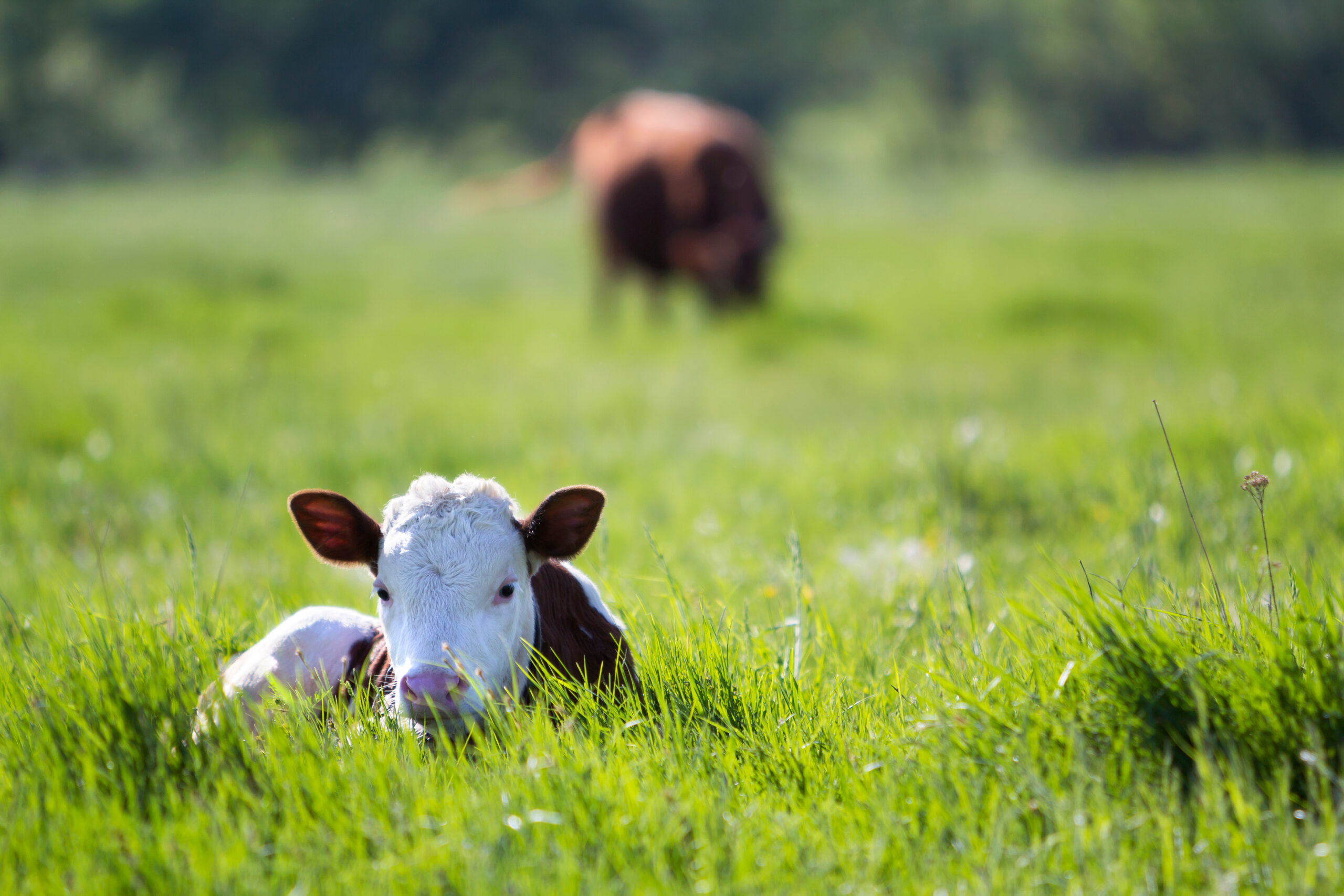This is what PhD candidate Bjorn Dirks discovered when he studied the role of grassland in CO2 sequestration.
What gets overlooked in the heat of the current climate debates is the fact that grassland sequesters a lot of CO2. ‘Half of the human CO2 emissions are absorbed by oceans, forests and grassland’, says Dirks. ‘We tend to view the atmosphere as a static CO2 reservoir. But our atmosphere is more of a thoroughfare for different carbon streams.
Moreover, the absorption and emission of CO2 vary considerably. Grassland contributes to carbon sequestration too, and in doing so it helps us achieve the climate goals.’ Dirks studied what processes determine the emission and sequestering of CO2.
Photosynthesis
Firstly: Photosynthesis sequesters CO2. So in the summer, when the days are long, grassland stores large amounts of CO2. Secondly: CO2 emissions through decomposition and respiration increase at higher temperatures. So grassland absorption of CO2 is highest at moderate temperatures when there is plenty of daylight. Natural grasslands sequester the most CO2, while pastures don’t score as well due to occasional ploughing, which causes carbon emissions.
Peat meadows
Dutch peatland farmers face an additional problem. If the water levels on their land are artificially lowered, the peat decomposes, causing it to contribute to the climate crisis. When the water level is raised, the grass can hold or sequester CO2. But this does call for a less intensive business model, says Dirks. The more productive the land, the more CO2 is sequestered. The popular idea that extensive farming is beneficial to the climate does not apply to grasslands, apart from peat meadows. Dirks hopes his thesis will lead to new business models for farmers that contribute to sequestering CO2.

 Photo Shutterstock
Photo Shutterstock 

